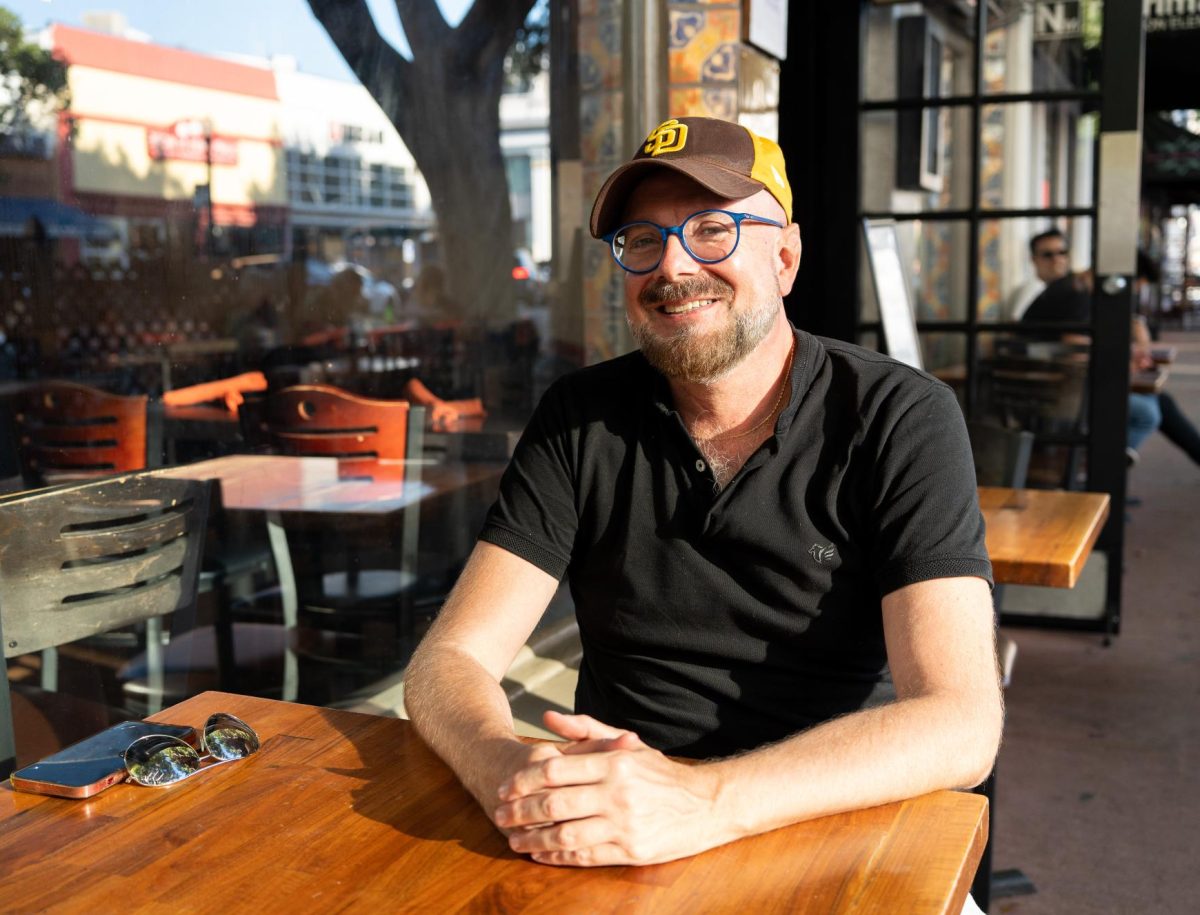The La Jolla Playhouse opened its 2002 season with a stunning production of Moliere’s “”Tartuffe.”” The play was performed before a full house and the final curtain fell in the wake of a standing ovation.
“”Tartuffe,”” Moliere’s most popular comedy, is the story of a clever “”charlatan”” who beguiles his way into the good graces of Orgon, the head of a wealthy French family. Through false religious piety and dramatic shows of devotion, he proceeds to wreak havoc in the Orgon family household.
The play originally premiered unfinished for Louis XIV in 1664 and was promptly banned until 1669 for its controversial themes of religious hypocrisy. The play was originally written in French verse and was then translated by Richard Wilbur into rhymed English couplets of iambic pentameter.
The staging of the performance is magnificent, with various elements of special effects, comic timing, sound, lighting and strong performances by skillfully cast actors all coming together in a beautifully unified artistic work. It is very illustrative of the careful attention to detail and respect for craft, which the La Jolla Playhouse is famous for espousing.
The performance of the cast can be categorized as nothing short of flawless. Jefferson Mays is both hilarious and eerily resonant in his roll as Tartuffe. As Dionne, the smart and saucy lady’s maid, Paget Brewster is wonderfully expressive and true to her character.
There is an interesting juxtaposition between the period authentic costuming and the odd surrealism of the set design. The aesthetics add a dimension and texture to the production, making the play seem anything but old and tired.
The acting is ultra-stylized to the point that every motion of the character seems carefully choreographed, and every syllable uttered seems weighted by hours of methodical rehearsal.
The visual effect is that of viewing actors portraying actors portraying characters, which, though farcical, seems to create a conspicuous element of distance between the human elements of the story and the perceptions of the audience. The intentional caricatures seem to dominate the production to such an extent that the underlying message that the piece is trying to communicate becomes nebulous.
Theater encompasses two main facets: to put on a show and to tell a story that communicates something to the audience. “”Tartuffe”” elicits from its audience a clear sense of admiration for the performers and a somewhat confused sense of purpose for the production.
The play was followed by a heavy shadow of theatrical subtext, at times seeming like an ongoing inside joke to which the audience was only privy to morsels of the punch line.
The show is wonderfully done, but may leave the viewer somewhat dissatisfied, with the taste of unanswered questions still on the tongue.
‘Tartuffe’ runs through May 19 at the La Jolla Playhouse. For more information call (858) 550-1010.







